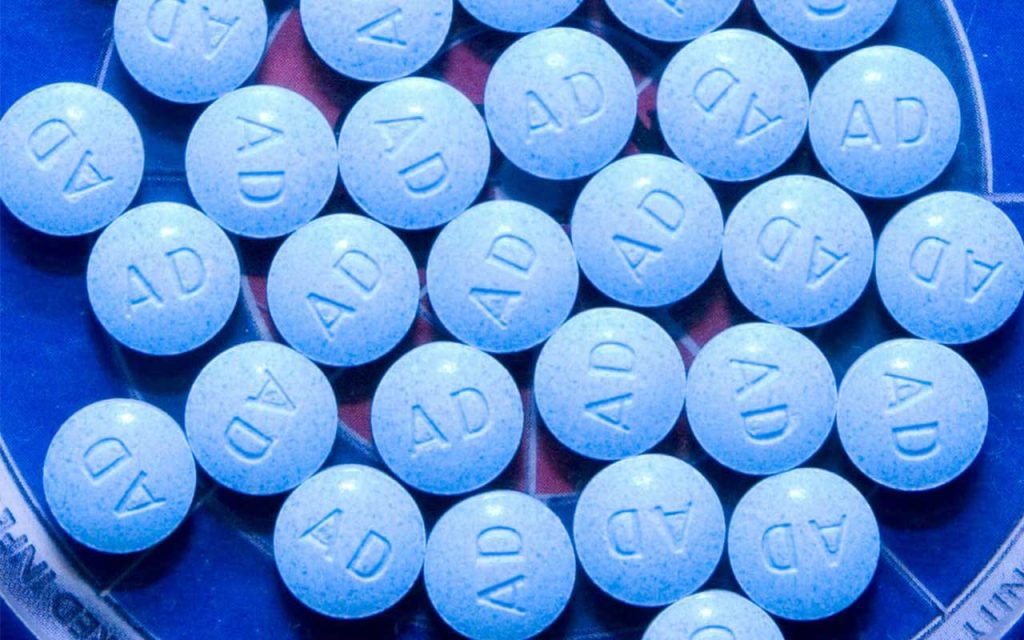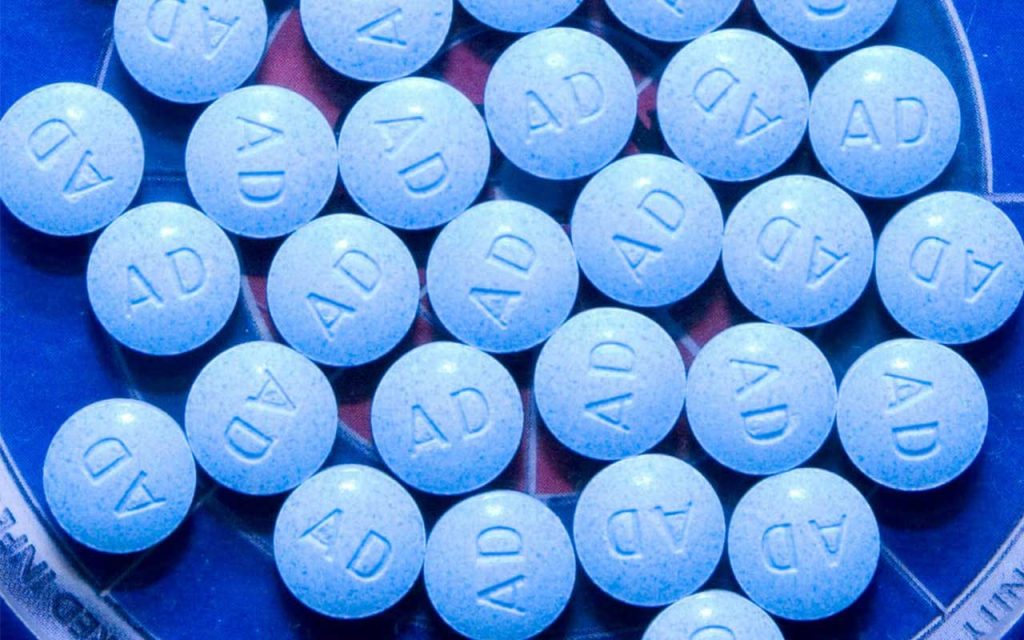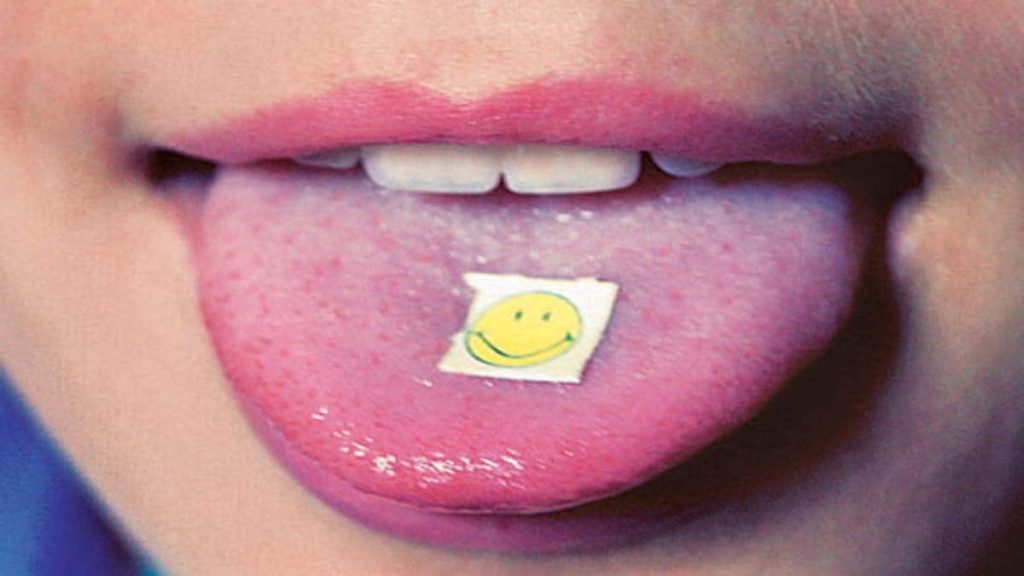Ways to Easily Incorporate Fitness into Your Busy Lifestyle
Are you exhausted of feeling as though you lack time to exercise? After a long day of work, do you find it difficult to find the motivation and stamina to exercise? The search is over! We have great suggestions for incorporating fitness into your hectic lifestyle, so that you can improve your health and well-being without sacrificing productivity or relaxation. There are numerous easy methods to make exercise a regular part of your life, ranging from simple adjustments to daily habits to inventive workout routines that fit seamlessly into your schedule. So let’s dive in and get started on the path to a healthier, happier you!
What is health?
Fitness is crucial for overall health and wellbeing. Physical fitness can be achieved in a variety of ways, and it is essential to discover an activity that works for you. A few basic tips can make it simple to incorporate fitness into your busy lifestyle.
Walking is a fantastic method to begin an exercise regimen. Start by walking around your neighborhood or taking a vigorous lunchtime stroll. Take your children on a stroll in a pram or play tag in the backyard if you have children. You may also engage in cycling, swimming, or yoga, which are all low-impact activities.
Consider incorporating strength training into your routine if you wish to increase the intensity of your practices. Strength training not only helps improve your muscle tone, but it can also reduce your future injury risk. Try bodyweight exercises such as push-ups and lunges, or use dumbbells or resistance bands for a more difficult workout.
Remember that fitness does not have to be costly or time-intensive. There are numerous free workout videos and apps available online, and many gyms offer free trial periods so that you can test out their facilities and services before signing up for a membership. You can simply incorporate fitness into your busy lifestyle with a little bit of planning and effort!
Weights & Glory is a faith-based fitness company that offers fitness coaching, nutrition coaching and fitness gear for the active family. Our mission is to help you reach your weight loss and fitness goals through clean eating and consistent training. If you are looking for a holistic health coach you have come to the right place! We help you to make changes that will last while inspiring those closest to you. We believe in making fitness accessible to all people so we offer online fitness coaching so you can always improve your health even if you can’t get into a fitness center. Worried about missing a session? No problem! We also offer online video workouts that can be done from anywhere!
The advantages of fitness
Numerous studies have documented the advantages of being physically fit. Being physically active can reduce the risk of chronic diseases such as heart disease, stroke, and type 2 diabetes, aid in weight management, reduce tension and anxiety, and enhance mental health and mood.
With our increasingly hectic lifestyles, however, it can be difficult to find the time to exercise. However, there are numerous simple methods to incorporate fitness into your daily routine in order to reap the benefits of a healthy lifestyle.
Here are some tips:
- First thing in the morning, get moving. A morning exercise is an excellent way to begin the day; it will get your blood pumping and provide you with an energy boost that will last the entire day. Additionally, it is a great method to fit exercise into your day before it gets hectic.
- Take a respite from sitting. Be sure to take frequent breaks to stretch and move around if you have a sedentary profession or spend a great deal of time sitting. Even if you just stand up and move around for a few minutes every hour, this can have a significant impact.
- Use your lunch hour effectively. If you have an hour for lunch, consider going for a walk or engaging in another form of exercise. It’s a great opportunity to get out of the office, clear your mind, and get in some extra physical activity.
The optimal method to begin a fitness regimen
There are a few simple methods to incorporate fitness into a busy lifestyle if you’re interested in getting started. Whenever feasible, the stairwell is preferable to the elevator. This is a fantastic method to incorporate additional cardio throughout the day. When conducting errands or going to work, it is also beneficial to park further away from your destination. This will force you to walk more, and it’s a great method to exercise without having to set aside specific time for it. When you have free time, consider performing bodyweight exercises at home or at the office. Squats, lunges, and push-ups are wonderful exercises that can be performed without apparatus.
How to incorporate exercise into a hectic lifestyle
People use a variety of justifications to avoid exercising when it comes to fitness. However, there are numerous methods to incorporate fitness into a busy lifestyle; you simply need to be resourceful and creative. Here are a few straightforward methods to begin:
- Utilize your lunch break by walking around the block or performing moderate exercises in the park, rather than sitting in the food court.
- Use those extra hours in the morning to go for a jog or to exercise at the gym before work.
- Utilize technology; there are a multitude of excellent fitness applications and online resources that can help you exercise even if you are short on time.
- Consider alternatives to the traditional gym, such as hiking or biking, or group fitness courses, such as yoga or dance.
- If you can’t make it to the gym, get moving at home by doing calisthenics exercises or vigorous housework, such as vacuuming or mopping.
You can easily incorporate fitness into your demanding lifestyle if you implement even a few of these tips. Remember to be patient and consistent, and you’ll shortly see results!
Tips for maintaining physical fitness
There are several key things you can do to make it simpler for yourself to maintain your fitness motivation. Find an enjoyable activity and make time for it each week. This could include anything from heading for a run to enrolling in a yoga class. Set small, attainable objectives for yourself so that you can see and feel the progress you’re making. Remember that any amount of exercise is preferable to none!
Fitness resources
If you’re looking for methods to incorporate fitness into your hectic lifestyle, there are numerous resources to help you get started. There are online tools, applications, and even in-person classes that can help you incorporate physical activity into your schedule.
Online Tools
There are a number of online applications that can assist you in scheduling fitness time. The 7 Minute Workout app is a well-liked option. This app provides a fast, effective workout that you can perform anywhere and at any time. There are also a number of other fitness applications available that provide workout programs and progress tracking.
Classes Delivered
There are numerous options for in-person classes for those who prefer group exercise. The majority of gyms and community centers offer group exercise courses. These classes are an excellent way to remain motivated and accountable while getting in a great exercise. There are also numerous studios that offer specialized classes such as yoga, Pilates, and spin.
Conclusion
Incorporating fitness into a hectic lifestyle does not have to be complicated or time-consuming. By adhering to a few of these simple guidelines, you can easily design an efficient and well-balanced workout routine that suits your schedule. Whether it’s high-intensity interval training, outdoor activities, or simply taking the stairs instead of the elevator, there are numerous ways to remain active without sacrificing too much time. Hence, make physical activity a priority in order to live a balanced and wholesome lifestyle!

















